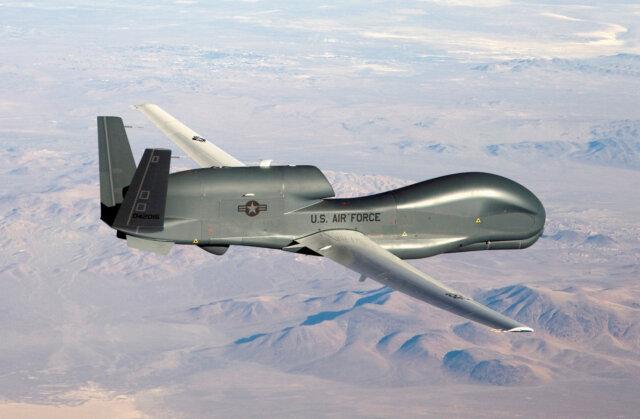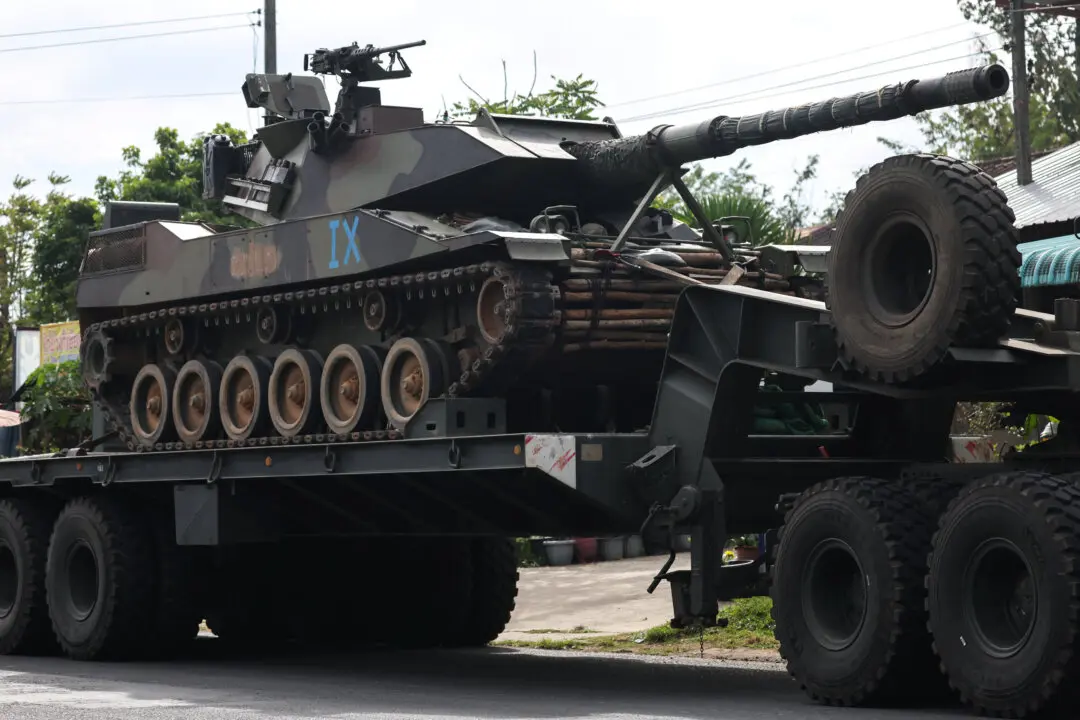The U.S. Federal Aviation Administration on Thursday, June 20, issued an emergency order prohibiting U.S. operators from flying in an overwater area of Tehran-controlled airspace over the Strait of Hormuz and Gulf of Oman due to heightened tensions.
In a separate advisory to operators, FAA said according to flight tracking applications, the nearest civil aircraft was operating within around 45 nautical miles of a U.S. surveillance Global Hawk drone when it was shot down by an Iranian surface-to-air missile this week.





